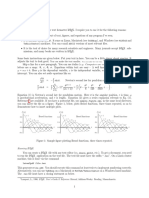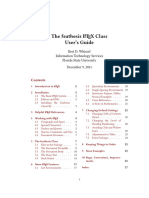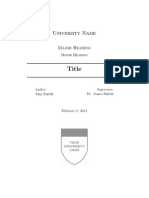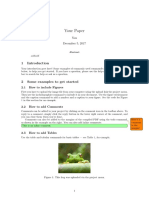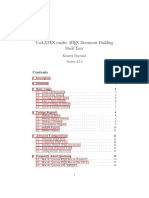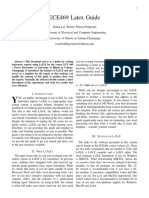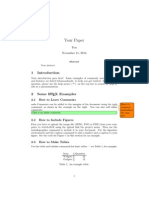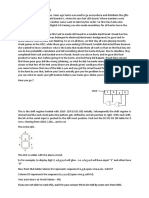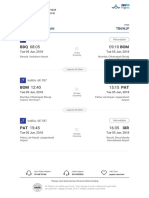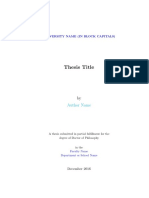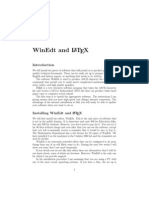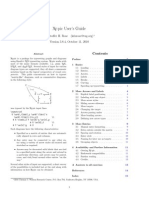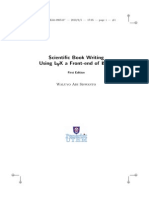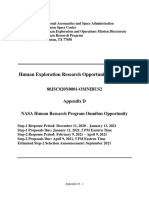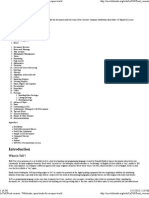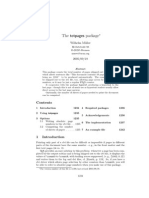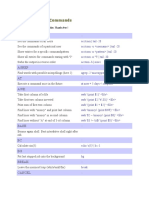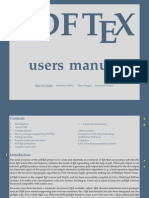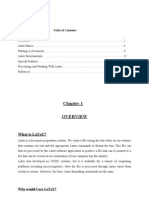0% found this document useful (0 votes)
70 views1 pageYou Can Make The Text Smaller
This document provides an introduction to using LaTeX for formatting text, figures, and equations. It recommends using LaTeX for its high quality output, platform independence, and widespread use in academic publishing. Basic LaTeX commands are demonstrated for formatting text features like italics, bold, Greek letters, and equations. The document also provides instructions for running LaTeX to generate a PDF from a LaTeX source file.
Uploaded by
Neetirajsinh ChhasatiaCopyright
© © All Rights Reserved
We take content rights seriously. If you suspect this is your content, claim it here.
Available Formats
Download as PDF, TXT or read online on Scribd
0% found this document useful (0 votes)
70 views1 pageYou Can Make The Text Smaller
This document provides an introduction to using LaTeX for formatting text, figures, and equations. It recommends using LaTeX for its high quality output, platform independence, and widespread use in academic publishing. Basic LaTeX commands are demonstrated for formatting text features like italics, bold, Greek letters, and equations. The document also provides instructions for running LaTeX to generate a PDF from a LaTeX source file.
Uploaded by
Neetirajsinh ChhasatiaCopyright
© © All Rights Reserved
We take content rights seriously. If you suspect this is your content, claim it here.
Available Formats
Download as PDF, TXT or read online on Scribd
/ 1


